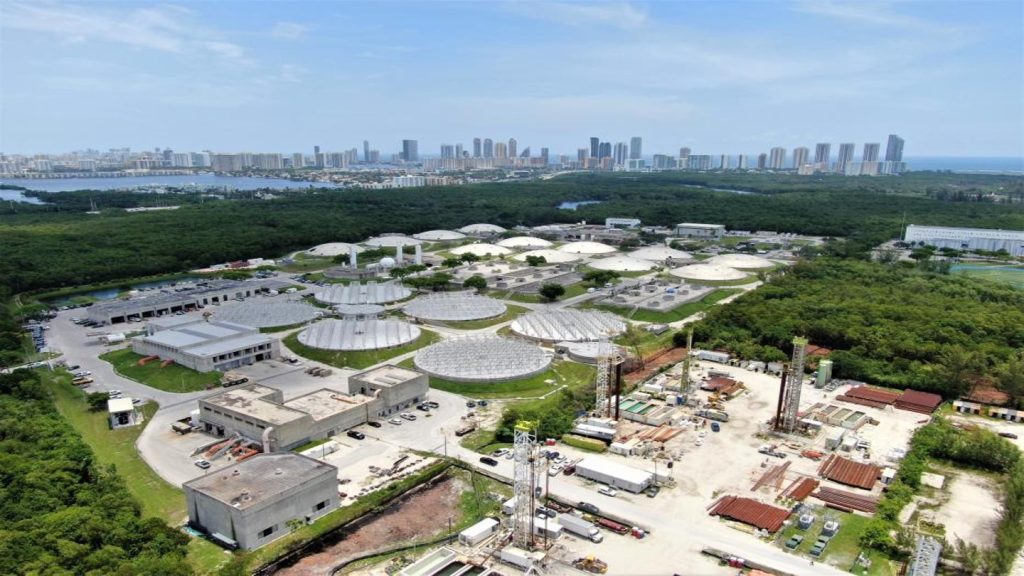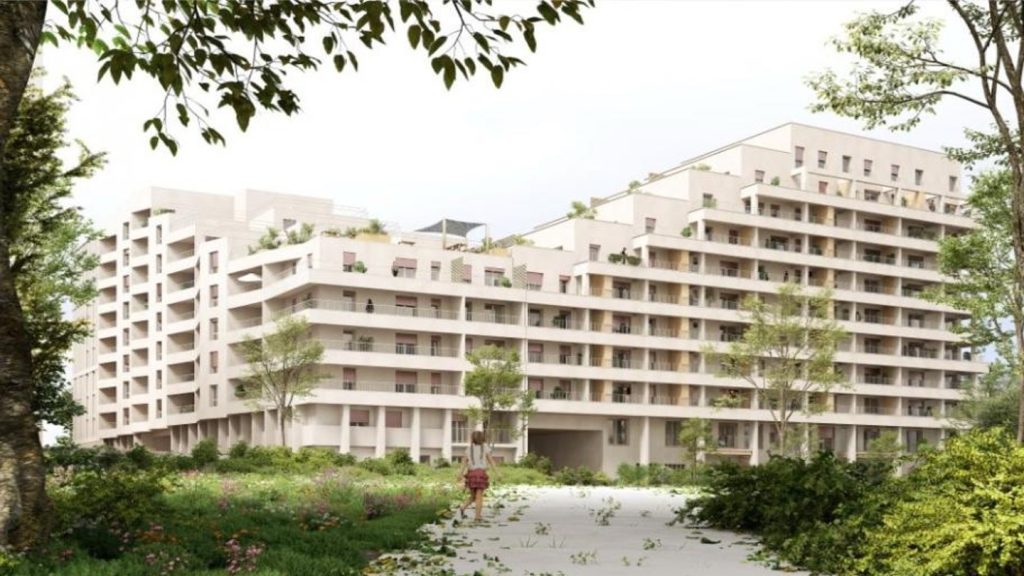In this article:
“Design means creative thinking,” says Marije Vogelzang, artist, product designer, sculptor, party organiser and chef. “It doesn’t mean material. It doesn’t mean giving shape. Giving shape is the next step in communicating an idea. It’s a tool.
“I call myself an eating designer,” the 31-year-old tells me from her Amsterdam studio / restaurant, Proef, explaining why she wants to explore new ways to experience food – from food printed with messages in edible ink to marshmallow installations and crockery made out of sugar. “There are so many designers who make clothes to wear, cars to drive, houses to live in and everything,” she says. “What is the closest you can get to human beings?” she asks. “Food. I work with food in its purest essence. Harvesting, cooking, sharing, transporting, all these things are more interesting than merely shaping the food.”
Vogelzang does not just design food, she creates narratives to explain why a dish tastes the way it does – where it comes from, who made it, how it was made and why you are eating it. “Every design eventually gets thrown away but when people eat my food it becomes part of their body,” she says. “My designs walk around everywhere inside people. Even when it leaves the body, the design remains in the brain as a memory. I like the idea that my designs are being consumed and therefore do not add to consumer society in the sense that they’re ephemeral.”
Food does not just communicate Vogelzang’s ideas, she also likes to turn perceptions about eating inside out.
For a Droog design collective dinner, she built an abstract edible moonscape of yeast-free pizza dough stretching across a series of bowls on an enormous table. As the meal progressed, the dough was softened with servings of stew so the two could be eaten together.
See Also:
Performance is key to the way Vogelzang works. In 2007, she used an empty reservoir basin to host a tasting of the Netherlands’ 12 different tap waters. The National Tapwatertesting of 2007 was a spectacle. Dutch tap water, rated as some of the purest in the world, was revered like a fine wine.
How well do you really know your competitors?
Access the most comprehensive Company Profiles on the market, powered by GlobalData. Save hours of research. Gain competitive edge.

Thank you!
Your download email will arrive shortly
Not ready to buy yet? Download a free sample
We are confident about the unique quality of our Company Profiles. However, we want you to make the most beneficial decision for your business, so we offer a free sample that you can download by submitting the below form
By GlobalDataParticipants even decided on which water suited which dish – “Amsterdam tap water goes very well with green sprouts but if you want to eat fish fingers, try the Rotterdam.”
Eating as art
The first Proef opened in Rotterdam in 2004, serving food with a conceptual approach. Vogelzang moved to Amsterdam in 2006 and opened her second Proef, a studio where she works on her projects and which she occasionally rents out as a banqueting space.
Born in Enschede in the eastern Netherlands, Vogelzang was not brought up to be a foodie but she became interested in food as a material while studying industrial design at the Design Academy Eindhoven in 1995. She was taught by Dutch design guru Li Edelkoort who regularly uses food in her work and who has been a big influence on the eating designer scene. For her final year project at the academy, Vogelzang designed a funeral. Everything was white – the food was fish, rice, potatoes and almonds – even the clothing. “I just did it because I thought it was fun actually,” she says. “I think that food has healing qualities and sharing food brings people together.”
Mood food
The emotional associations that food evokes make it an ideal tool for therapy. “Food memories are so strong,” she says. “I am really fascinated by what food does to a person emotionally.” In a joint project with the Historical Museum of Rotterdam, Vogelzang recreated a meal for Second World War veterans that consisted of food that many of the soldiers hadn’t eaten since then. The emotional attachment to the food was matched by reanimated 1940s attitudes to eating.
Humour is another way to bring people together at the table. At one dinner Vogelzang cut the plates in half. On some plates she placed two servings of Parma ham, on others two servings of melon. If the guests wanted a full meal, they would have to share half-plates. This achieved what Vogelzang wanted – everyone eating and interacting together.
Other food concepts reveal intriguing dualities. In order to dispel the negative associations that children might have with healthy food, Vogelzang devised an entirely new way for them to relate to eating based around Leonardo da Vinci’s colour wheel. Each colour is given a different emotional association and children would pick food of the colour they felt.
“Proef serves really well prepared, really fine-quality food but I try to find where the edge is,” she explains. I ask Vogelzang to sum up her work in five words and, after a short pause, she says, “My designs turn into shit.”





